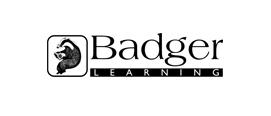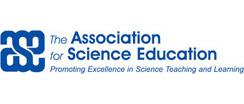Year 1:Light
Observe and name a variety of light sources, explore materials which allow light through and those that will not. Investigate shadows, explore what may be seen in the dark and use data loggers to help find the best material to make Teddy some sunglasses. Activities are put into a context that will engage younger learners and promote their enquiry skills whilst developing an understanding of key knowledge and concepts.
Badger Science: Foundation and Key Stage One
From the Badger Science collection, these resources provide lesson ideas and copymasters to help teachers to teach scientific knowledge, understanding and skills in the Foundation Stage and throughout Key Stage One.
Light
In this lesson demonstration video a shared story in a literacy lesson is the starting point for an investigation on light. It looks at children’s assumptions about light and introduces key scientific enquiry words. Children carry out various activities which help them understand that light is necessary to see things.
The lesson is reviewed here: http://stem.org.uk/rx8fo
Use as the basis of a lesson in your own class or as cpd with a group of teachers.
Seeing in the Dark
A starter clip which helps illustrate thet darkness is an absence of light and that we require light in order to see things. Use it to promote discussion and lead into an investigation using a dark tent with different objects to find. Do children need a light source such as a torch to tell what the objects are and to find them?
Which Colour Makes the Best Sunglasses for Teddy?
Combine ICT, science and D & T in this project. Children investigate different coloured filters for sunglasses for Teddy. Start by using the light sensor to record the light without a filter and with a total block (black card) before looking at the light which travels through the various colours of cellophane.
This could be linked to an art/D & T activity designing frames for the sunglasses.
Light and dark
An interactive science experiment from BBC Schools that lets children investigate the effect of different light sources on a darkened room.
Datalogging in the Environment
Learn that shadows are formed when an object blocks light from a source using a datalogger. Use a light sensor to record light directly from the source and then after it has been blocked by an object. Use a variety of materials between the light source and sensor to find out which materials block light most effectively. Include materials which are transparent,translucent and opaque.
Lesson idea is on page 4 of the pdf.
Light and Sound
A short demonstration from 9:48 uses a torch and a range of materials so that children can predict and test the best light-blocking fabric for the three little pigs' home. It also introduces the vocabulary transparent, translucent and opaque.




